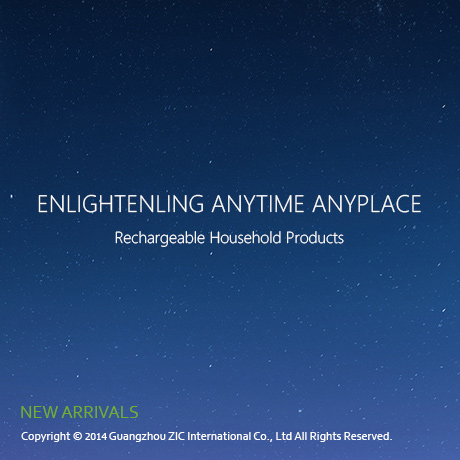PRODUCT CENTER

NEW ARRIVALS
You need to be verified before viewing the new arrivals. Please contact us freely for the account No. and password.

You need to be verified before viewing the new arrivals. Please contact us freely for the account No. and password.
Things to Know about LED Lights

LEDs are becoming progressively more popular in the marketplace.
LED Lighting is a successful alternative to incandescent in both commercial and residential lighting applications because these lights are extremely energy-efficient, hold long lives, small in size, generate relatively less heat, have a sluggish failure rate, are shock resistant, work glowing in low temperatures, their beam can be effortlessly focused, and they no toxic mercury contrasting today accepted energy-efficient lighting sources, the dense fluorescent light bulb or CFL. Here are a few things that you must know about this budding source of light:
White and Colored LEDs:
LEDs can be red, amber, green or blue. The color emanated by an LED is reliant upon the materials utilized to create it. White LEDs are formed by jacketing a blue LED with a blond phosphorous covering. A white LED can also be shaped by using a blue, red and green LED in lock up immediacy to each other.
LED Brightness:
A high-performance LED can generate about 80 lumens of light. In contrast to a customary 60 watt luminous light bulb turns out a propos 900 lumens. Thus, a high-performance LED is simply about 1/11th as vivid as a 60 watt luminous light bulb.
LED Color Rendering:
Color rendering index (CRI) is defined as the ability for any source of light to render colors perfectly. The CRI range goes from 1 to 100. A CRI of 75 is well thought-out to be fine, a CRI of 85 is considered to be superior, a CRI of 95 is measured to be excellent, and, of course, a CRI of 100 is counted as perfect. LEDs in temperate white color hotness are presently obtainable with a CRI of 80.
LED Heat Generation:
It can't be denied that LEDs don't produce heat. In fact, all of the light sources produce heat and LED lights are no poles apart. Thus, it is significant that an LED light fixture is well-made with heat disposals to sufficiently disperse the heat that is produced.
LED Lifespan:
LEDs do not blaze out like a luminous light bulb. As a substitute they get gradually dimmer over their life span until they no longer emit sufficient glow to be useful. An LED is usually measured to be no longer helpful when it is producing only 70% of the unique quantity of light the LED produced. This time span is referred to as the rate of life for an LED.
Infrared and UV Radiation: White LEDs do not emanate infrared, or any kind of heat, emission like a luminous light bulb. In toting up, white LEDs do not produce ultraviolet radiation (UV rays) like a luminous light bulb. Overall: Lot of media attention is given to LEDs but there are many people who are totally unaware about these beneficial lights. LED market is budding up and will definitely grow as a competitive item. Manufacturers are demanding for more research work and progress going on at a remarkable speed.
For more latest news and promotion, please leave your E-mail address.
Your Email
You need to be verified before viewing the new arrivals. Please contact us freely for the account No. and password.